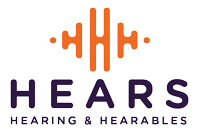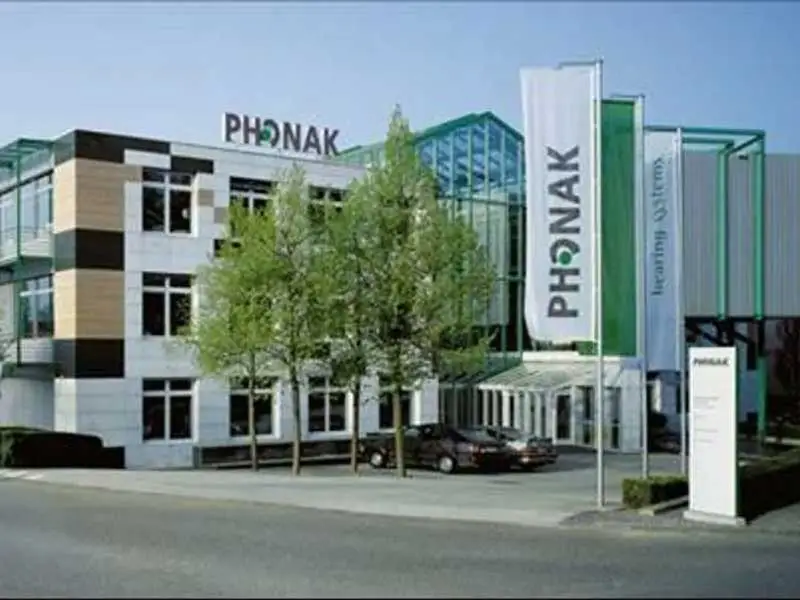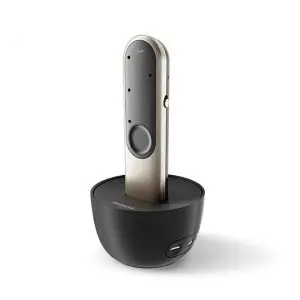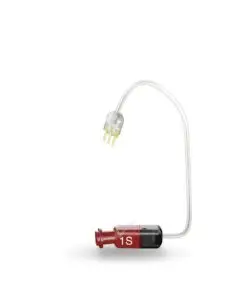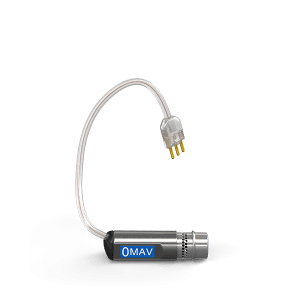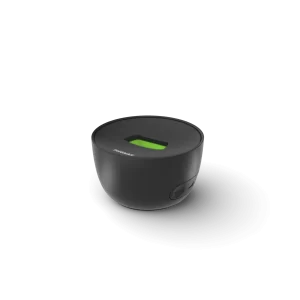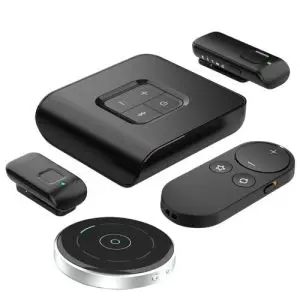Phonak is a Swiss-based company with a long and storied history in the field of hearing technology.
An Overview of the Company’s History:
The history of Phonak began in 1947, founded by a group of hearing instrument specialists led by Belson Sonksen. Belson Sonksen played a pivotal role in the founding of Phonak and the development of innovative hearing aid technology. He was a visionary in the field of audiology and hearing instrument design. Along with his team of hearing aid specialists, Sonksen embarked on a journey to improve the lives of individuals with hearing impairments.
Belson Sonksen had a deep commitment to addressing the challenges faced by people with hearing loss. He recognized the need for advanced hearing aid solutions that could provide not only enhanced sound quality, but also comfort and discretion.
Sonksen assembled a dedicated and skilled team of hearing instrument specialists, audiologists, engineers, and researchers. This diverse group brought together expertise from various fields, which was essential for creating innovative hearing devices.
In 1947, Belson Sonksen and his team established Phonak in Zurich, Switzerland. This marked the beginning of their journey to design, manufacture, and distribute high-quality hearing aids that would make a difference in people’s lives.
Today, Phonak continues to be a renowned name in the hearing aid industry. Building on the legacy of Belson Sonksen and the dedicated team of hearing aid specialists who shared his vision. Their ongoing commitment to innovation and improving the lives of individuals with hearing loss is a testament to the enduring impact of their work.
In Phonak’s early years
Phonak focused on developing hearing aids and related technologies, slowly building a reputation for quality and innovation.
During the 1970s and 1980s, Phonak made significant strides in hearing aid technology. They were one of the pioneers in developing behind-the-ear (BTE) hearing aids. These aids were more comfortable and less conspicuous than the traditional in-the-ear models. This innovation helped Phonak expand its market presence globally.
Phonak Enters the Digital Era
The 1990s marked a significant turning point for Phonak as the industry transitioned from analog to digital hearing aids. Phonak was at the forefront of this transition. Developing advanced digital signal processing technology that provided users with more precise and customizable hearing solutions. This move solidified Phonak’s reputation as an industry leader.
Phonak introduced its first digital hearing aid in the 1990s with the release of the “Phonak Audiozoom.” This innovative device marked a significant milestone in the hearing aid industry as it was one of the early digital hearing aids to utilize digital signal processing technology to improve sound quality and customization for users with hearing loss. The Phonak Audiozoom paved the way for the development of more advanced digital hearing aids. Thus solidifying Phonak’s reputation as a leader in hearing aid technology.
A Leader in Developing New Technologies
In the mid-1990s, during my initial years as an audiologist, Phonak hearing aids held a prominent position within the audiology community as the preferred choice for fitting patients. The reasons behind this widespread preference were multifaceted and, in many instances, grounded in reputation rather than specific empirical evidence.
It was, to a certain extent, a consensus among professionals that Phonak offered a superior solution. Whether it was due to their ease of fitting, patient satisfaction, or perhaps even the occasional perk of receiving tootsie rolls with the devices, the precise rationale may have been somewhat elusive.
Nevertheless, I found myself dispensing a significant number of Phonak hearing aids. Beyond the professional realm, Phonak’s hearing aids were particularly appealing to younger children and individuals of all ages. This was attributable to their safety features, an array of color options for behind-the-ear models, and the notable FM system that proved invaluable in educational settings.
Frequency Compression Fitting
Another early pioneered hearing aid technology Phonak notably introduced, a groundbreaking feature ahead of its competitors – frequency compression fitting. This innovative approach enabled the effective fitting of individuals with steeply sloping hearing losses. A challenge that had previously been difficult to address.
I recall that after Phonak’s implementation of frequency compression, hearing aid companies like Widex and Sonic Innovations also introduced their own frequency compression strategies. This development initiated extensive discussions and research in the audiology community regarding the nuances of each technology and which one represented the superior solution.
However, much has changed since the 1990s, my recollection of the specific differentiating factors between these technologies is somewhat hazy. Though it was clearly recognized at the time that they each brought unique advantages to the field of audiology.
Sonic’s presence in the realm of hearing aid technology development is over and essentially this manufacturer no longer exists. Today, all the top hearing aid manufacturers, Phonak, Starkey, Resound, Oticon, and Widex incorporate various forms of frequency compression technology within their product offerings.
In light of these advancements, I intend to provide a comprehensive analysis of the distinctions and merits of these various technologies in an upcoming blog post to the best of my ability. I encourage you to stay tuned for this forthcoming discussion, as it promises to offer valuable insights into the differentiation of frequency compression within the audiological domain.
Phonak in the Early 2000s
Phonak made several strategic acquisitions, including the purchase of hearing aid manufacturer Unitron. This expansion allowed the company to diversify its product offerings and enhance its global presence.
Phonak continued to innovate by entering the cochlear implant market and developing wireless communication solutions for hearing aids. These systems like the FM systems and remote microphone systems were important for those who had a hard time hearing in noise. Their cochlear implant systems aimed to provide solutions for individuals with severe to profound hearing loss. Further broadening their product portfolio.
In 2007, Phonak became part of the Sonova Group, a leading provider of hearing solutions.
This integration allowed Phonak to leverage the resources and expertise of a larger organization while maintaining its focus on innovation and quality in the hearing aid industry. Sonova is a prominent and diversified Swiss-based company that holds a significant presence in the field of hearing healthcare.
Sonova is the parent company of several well-known brands and entities within the audiological industry. These subsidiaries include not only Phonak but; also Unitron, which focuses on hearing technology and solutions. Hansaton, a company specializing in high-quality hearing instruments. As well as Advanced Bionics, a leader in cochlear implant technology.
Sonova’s portfolio of brands and its commitment to advancing hearing health make it a formidable force in the industry. Providing a wide range of solutions to meet the diverse needs of individuals with hearing impairment.
Phonak in recent years
Phonak has continued to push the boundaries of hearing aid technology. They have developed groundbreaking products like the Phonak Lyric, an extended-wear hearing aid that can be worn for several months without removal. Additionally, Phonak has embraced connectivity and smartphone apps, enabling users to customize their hearing experience.
Throughout its history, Phonak has received numerous awards for its products and contributions to the field of audiology. They are known for their commitment to improving the lives of people with hearing loss.
Today, Phonak is a global leader in hearing aid technology, providing a wide range of hearing solutions to individuals with hearing impairment. They continue to innovate, making significant contributions to the field of audiology, and their products are known for their quality, performance, and user-friendly features. Sonova has the largest market share with the popular brands of Phonak and Unitron. Many companies are trying to compete for market share with Phonak as it is still a popular hearing aid with Audiologists nationwide.
